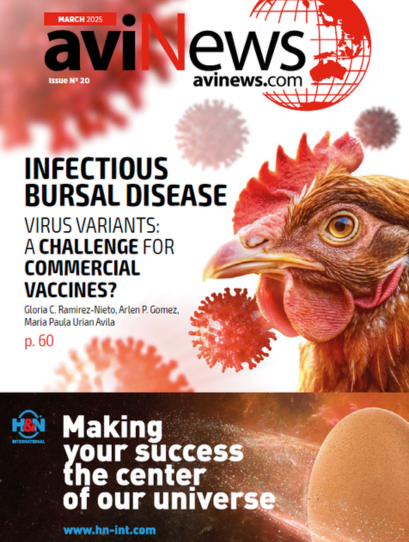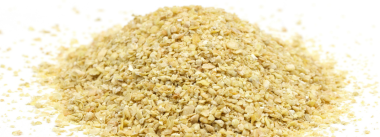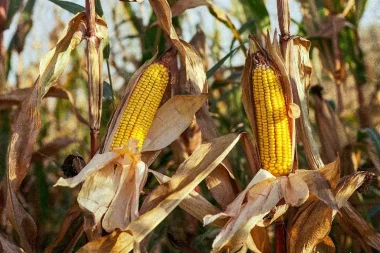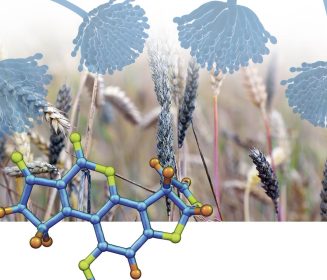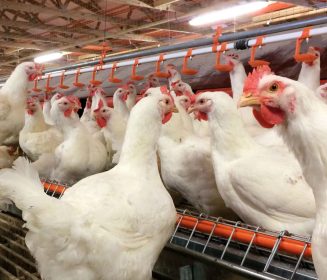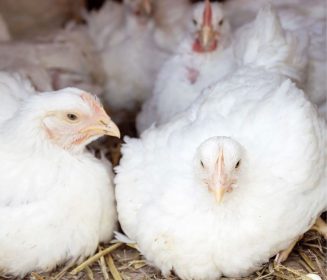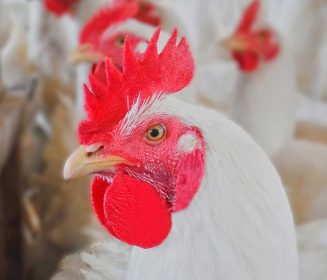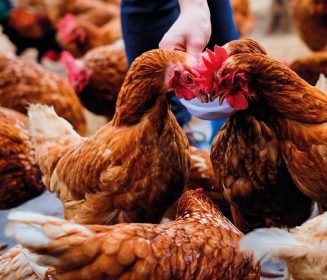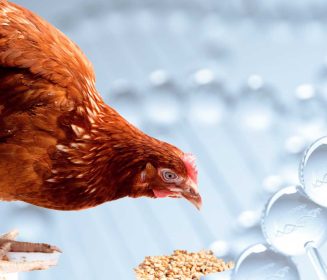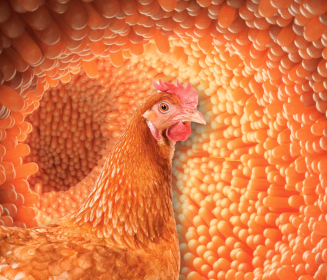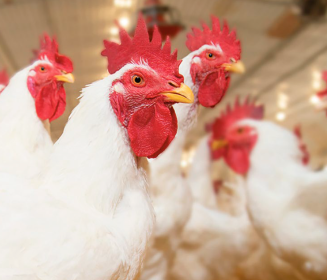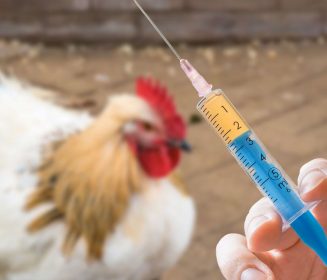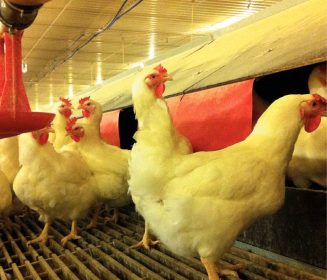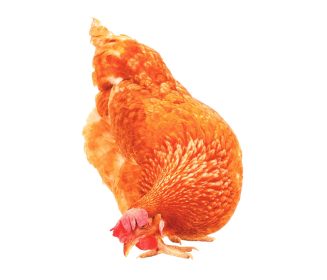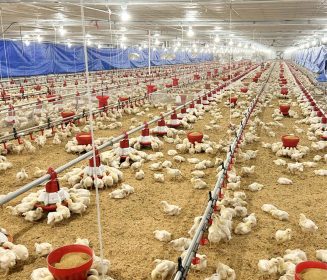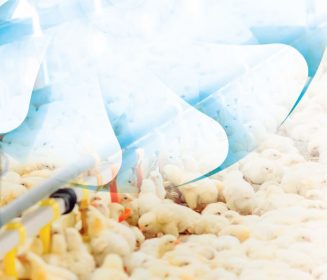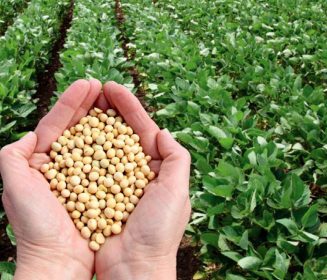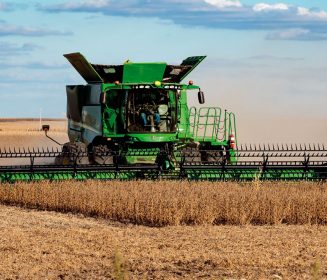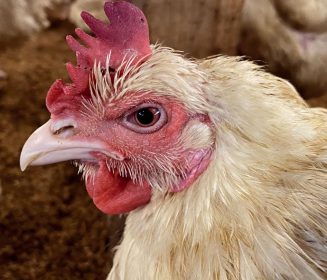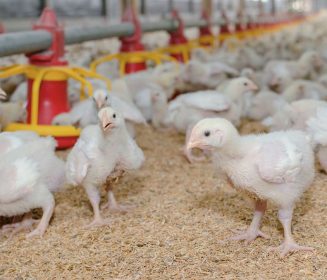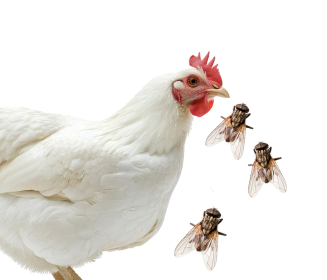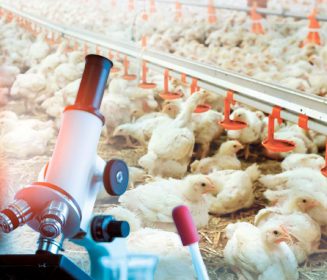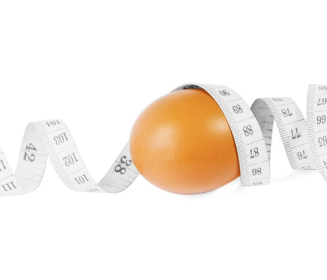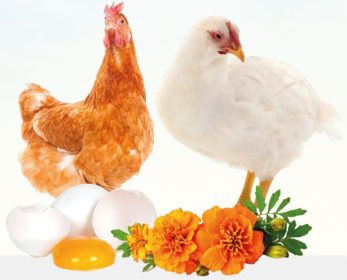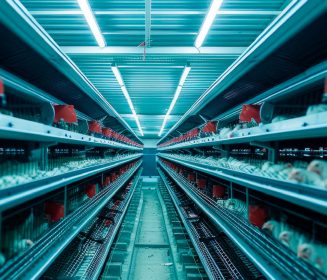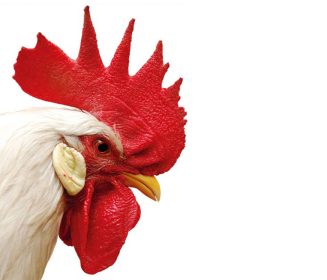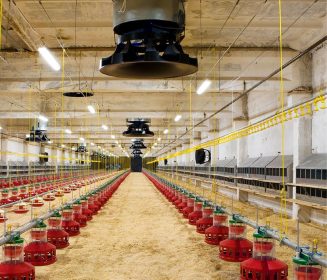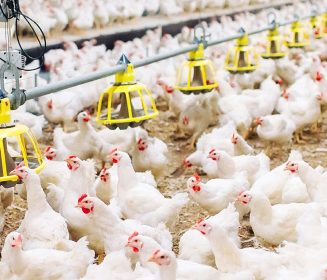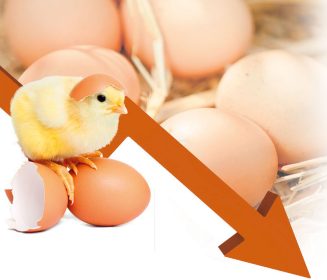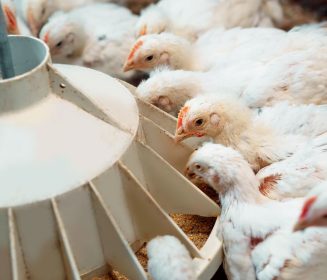11 Apr 2025
Philippine soybean meal imports to rise 3.1% in 2025/26
The Philippines' soybean meal imports are set to rise by 3.1% in MY 2025/26, fueled by strong feed demand from the poultry sector and broader growth in the animal protein industry.
The Philippines is expected to see a 3.1% year-on-year increase in soybean meal (sbm) imports for marketing year (MY) 2025/26, driven by rising feed demand from the animal protein industry, particularly the poultry sector. According to the latest USDA Foreign Agricultural Service (FAS) Manila report, sbm imports are projected to reach 3.35 million metric tons (MT).
Over the past two years, the United States has dominated the Philippine sbm market, holding over 80% market share. Despite being generally more expensive than other sources, many feed producers prefer US sbm for its superior quality. Additionally, US sbm export prices to the Philippines have been declining since 2024. Other major suppliers include Argentina, Brazil, and China.
Sbm typically comprises 5-30% of feed formulations, with broiler and layer feed having the highest inclusion rates at 25-30% and 20-25%, respectively. FAS Manila also forecasts Philippine sbm consumption to rise by 3% to 3.4 million MT in MY 2025/26.
Potential decline in US Imports
However, US sbm imports may fall below 2.6 million MT in MY 2025/26 due to ongoing challenges in the local swine industry, particularly African Swine Fever, Benito Oliveros, country representative for the US Soybean Export Council said in an interview with a local newspaper.
He noted that US sbm shipments to the Philippines in MY 2024/25 have already declined 9% year-on-year. The US soybean meal market year runs from October to September.
Growing feed demand
Despite these setbacks, FAS Manila projects an overall rise in feed demand, driven by population growth, rising household incomes, and diet diversification. This increasing demand for protein sources—such as chicken meat, eggs, and commercially farmed fish and shrimp—is expected to boost SBM imports.
Nevertheless, FAS Manila projects an overall increase in feed demand as population growth, rising household incomes, and diet diversification drive up demand for protein sources such as chicken meat, eggs, and commercially farmed fish and shrimp, which will increase the demand for sbm.
Similarly, the swine industry is projected to rebound, supported by government-led repopulation and expansion programs, alongside growth in the pet food industry, further stimulating SBM demand.

